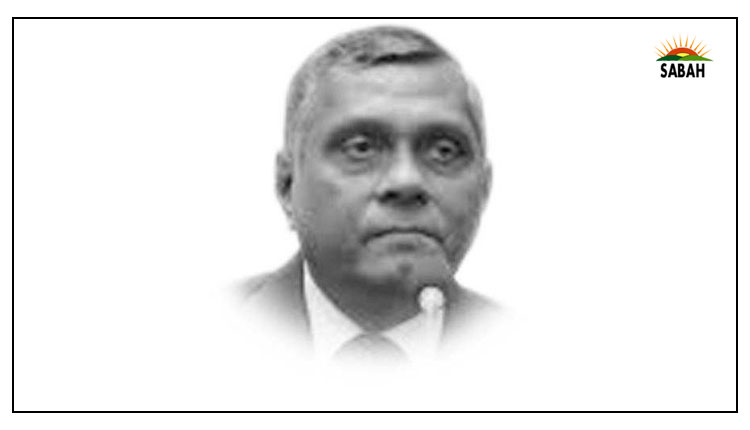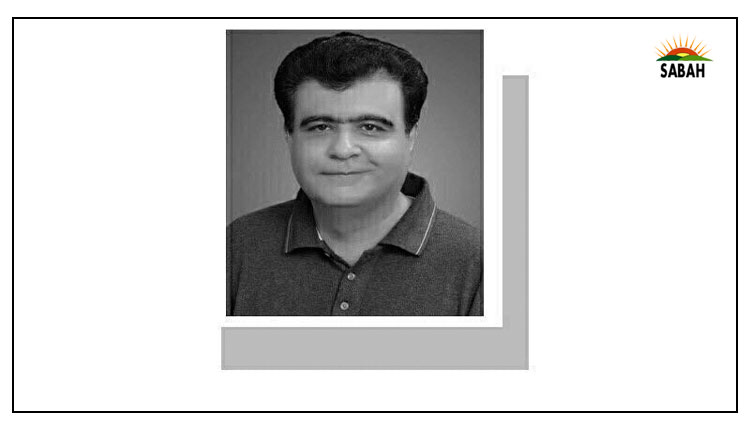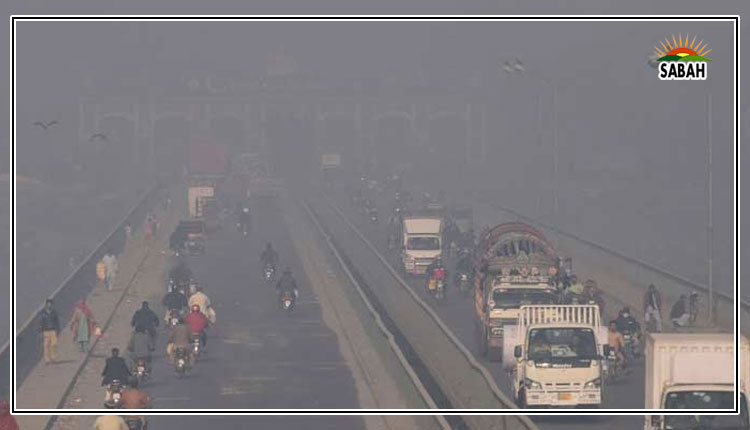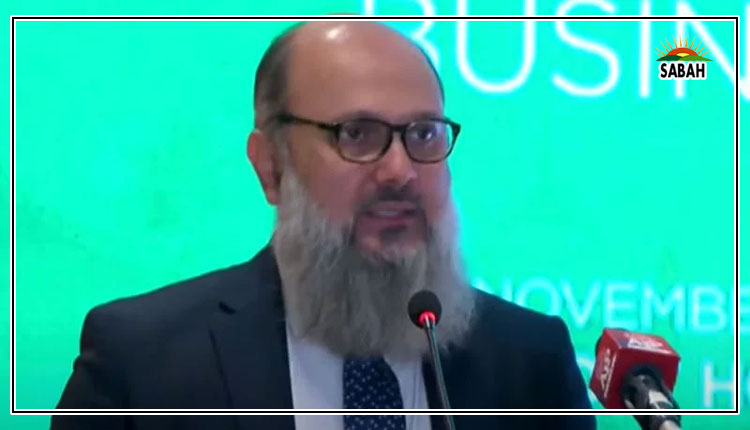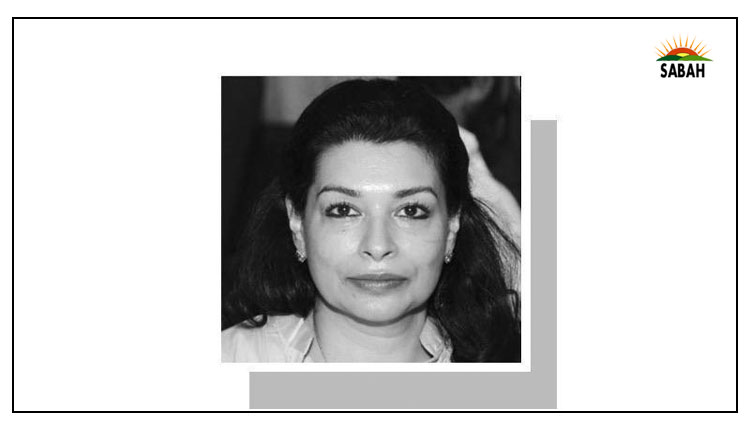Revisiting LHW Programme…Samia Liaquat Ali Khan
PAKISTANS pre-eminent community health outreach programme the Lady Health Worker (LHW) Programme has been around for 30 years. As we celebrate this pearl jubilee anniversary, it behoves policymakers to sort through research and evidence collected over time to assess success and failure so as to fix what is broken.
Here are some recent statistics on the state of healthcare in this country. According to Unicef data, every year more than 350,000 of the 6.3 million babies born, die in infancy. Six out of every 100 children die in the country before they complete their fifth year. Health ministry demographic surveys show that around 15,000 women die annually while giving birth. Pakistan faces a nutrition emergency with stunting a key cause of concern that affects over 40 per cent of children. The Bureau of Statistics figures place population growth rate at a high 2.4pc with a stagnating contraceptive prevalence rate of 34pc. Infectious diseases, maternal health and undernutrition comprise around half of the national burden of disease.
The LHW programme was designed to tackle a specific set of issues, which required direct access to women in households. The system of healthcare provision in the 1980s halted at the Basic Health Unit which was failing a majority of rural communities, due to difficulty of access. The programme sought to focus on reproductive, maternal, neonatal and child health and included the provision of basic services as well as referring community members to the nearest public health facilities (especially for deliveries and complications). In particular, the programme offered family planning services and facilitated the uptake of contraceptive use, nutrition best practices, and preventive healthcare through both awareness-raising and the provision of certain medicines and products.
The initiative started with 10,000 LHWs, and over time, expanded progressively to the current figure of 85,000 LHWs. While this expansion is a reflection of the programmes initial successes, it also reflects a measure of inertia in thought leadership and strategy there were no smartphones in the early 1990s, and today mobile phone ownership is at 90pc in Pakistan (of which around 60pc are smartphone users). But there was much that worked. Assessments conducted between 1999-2002 revealed that there were significant improvements in the health status of communities in LHWs catchment areas as compared to communities where no LHWs were present. These included substantive increases in vaccination rates for children, in family planning/ contraceptive prevalence rates, improvements in preventive healthcare (nutrition, breastfeeding), lower childhood diarrhoea rates, and higher numbers of deliveries at local facilities.
Policymakers must review the challenges faced by the Lady Health Workers Programme.
However, by 2012, the differentials in figures started to peter out, and the impact of LHWs was seen to be stagnating. The 18th Constitutional Amendment came into force and the provinces took over the management of the LHW cadre, as health became a provincial subject. LHWs themselves, having spent nearly 20 years as an extension of, but never within, the official government employee pool, demanded changes to their status. Their asks: to become permanent government employees with all the usual perks and emoluments, enjoy promotions and a pension on retirement.
These were fair; however, once regularised, experts say that their effectiveness decreased further. There were multiple reasons for this as their initial success made them a panacea for all kinds of other health interventions. The burdens on this cadre increased as they became a part of every government public health campaign be it polio, tuberculosis, even facilitators for elections. This enhanced burden meant a further erosion of effectiveness.
Today, the LHW programme stands at a crossroads. Policymakers need to undertake an extensive review of the challenges and find new and innovative solutions for a Pakistan that is very different from what it was 30 years ago. We need to have diversified rural and urban healthcare models. Provinces need to support one another to identify what works and where. For example, the LHWs are not a model that works well in Balochistan given the way society and geography intersect. They do better in the other provinces, but may not be so relevant in urban centres.
The creators of the original programme believe that the model has already been corrupted first because the idea of LHWs were that they would be young women from the community who would provide a specific set of services to households that they had familiarity with. It was easier for them than for any outsider to enter homes and be trusted enough to talk to the women and children. With the regularisation and retention of LHWs, postings and transfers became the norm, which came at a cost to the community. An older lady may not have the same motivation or energy as one 30 years her junior, nor would her word hold weight with a much younger population that has access to a world of information at their fingertips, however inaccurate it may be.
Finally, there is not enough debate on what types of exit strategies are available for this cadre of workers. Globally, community health worker models were created to strengthen weak health systems in developing economies. In Pakistan, while the conceptualisation and actualisation of the programme was relevant and effective, there was less clarity on whether this was a short- or long-term solution, and to what extent it would move the country towards quality universal health coverage. Of equal significance, policymakers did not think through what would happen to the cadre of women enrolled in the programme. Their longer-term expectations and needs financial and career related were not part of the planning process. Today, these are the questions that need answering.
Courtesy Dawn



